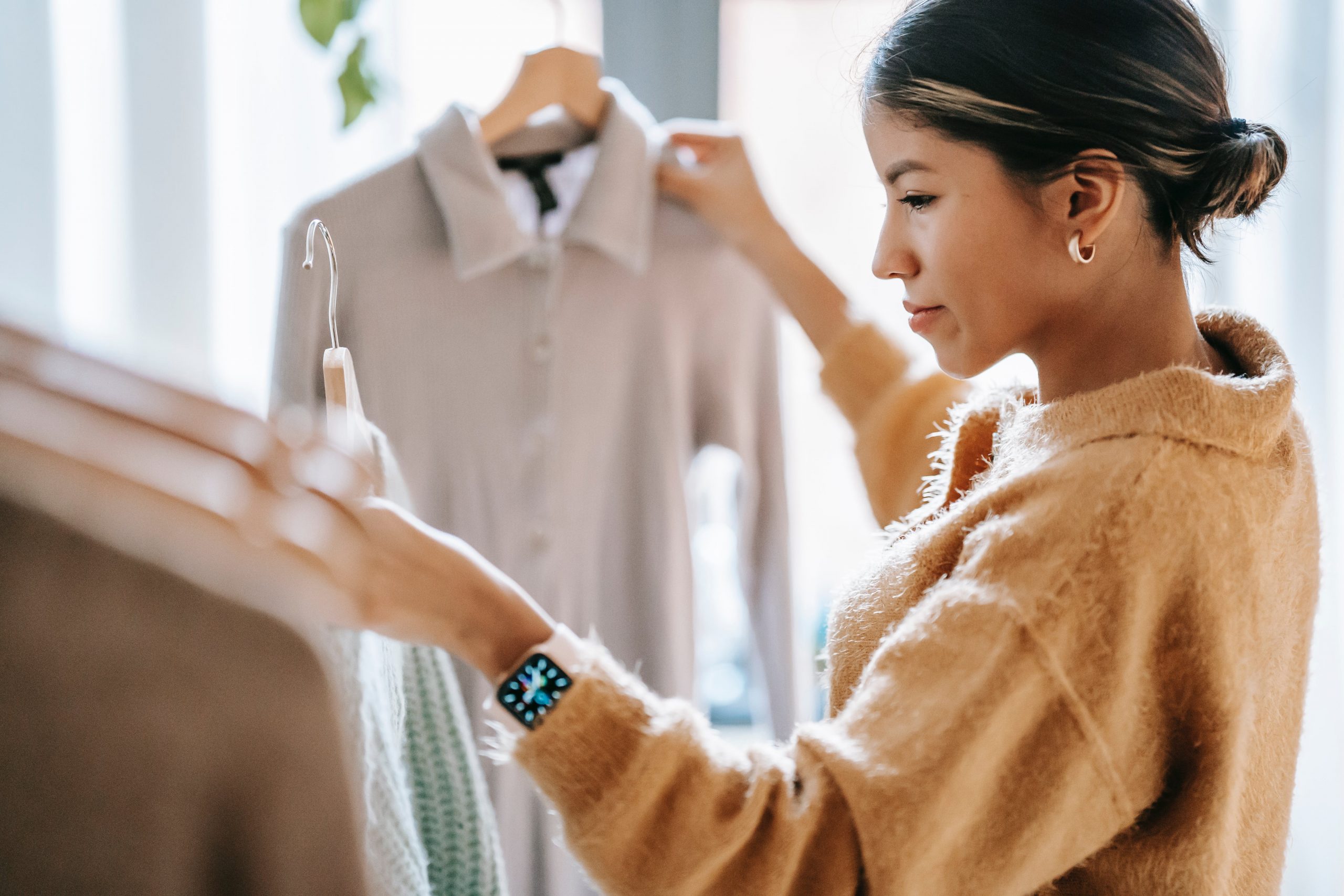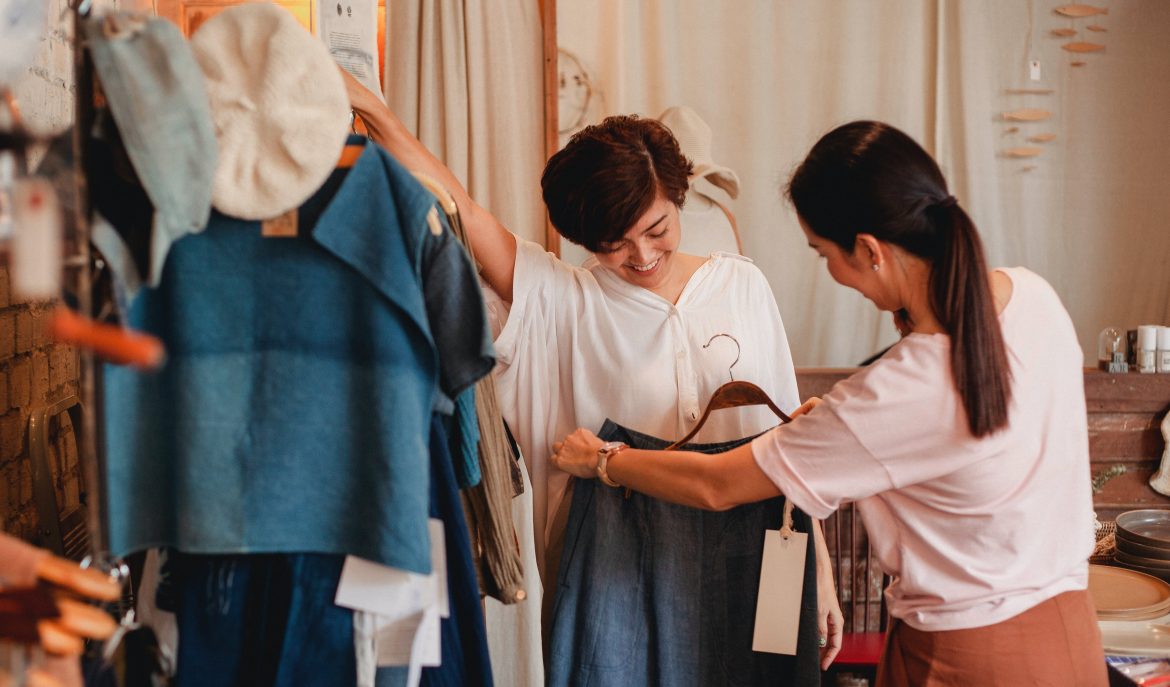Have you ever wondered why certain celebs always look fabulous? Or why they seem to stick to a single colour pallet? The answer is colour theory. When you wear the right colours for your skin and undertones, whether it’s clothes or makeup, you’ll always look good. So, let’s dive in!

Pexels
What is colour theory and where did it come from?
Remember the colour wheel from art class, with certain colours sitting opposite each other being complimentary? That’s colour theory in its most basic terms.
But the theory goes back aways, to the 19th century.
Prominent French chemist Michel- Eugène Chevreul (1786 – 1889) made significant discoveries about colour perception and developed theories that profoundly impacted art and science. One of his most important findings came from the observation made by the weavers at Gobelins Manufactory – a historic tapestry factory in Paris.
They noticed that samples of black thread from the dye works appeared differently when viewed alongside other colours in a tapestry. This puzzled them and raised questions about the nature of colour perception.
Through experimentation and observation, he concluded that the perception of colour is influenced by the colours surrounding it. This effect, now known as the ‘simultaneous contrast’, refers to how colours can appear different when placed next to one another.
He found that when complementary colours (opposite each other on the colour wheel) are placed next to each other, they enhance each other’s contrast and make their respective hues appear more intense.
On the other hand, when non-complementary colours are juxtaposed, they can create the illusion of a hue shift. Chevreul’s work on colour theory laid the foundation for understanding how colours interact and influence each other in various contexts.
When it comes to the world of fashion, the colour of your eyes, hair and even your skin tone determines your ideal colour pallet.
Why is this important?
You’re probably wondering why this is even important. And yes – it’s not the be-all and end-all. But, if you feel like your clothes don’t seem to suit you, it might just be that you’re wearing the wrong colour.
Wearing the right colours can bring your undertones to life, making you look young, healthy and vibrant. On the other hand, the wrong colour choices can often wash you out, leaving you looking aged, tired and even lifeless (yikes.)
@karahehe04
And this includes your makeup, just take a look:
@makeupbymonicaa Replying to @itsameeeeee_ Color Theory applies to makeup too!! ❤️💯 hope this answers everyones questions ❤️ #colortheory#makeupcolortheory#inclusivity#makeuptrends#viralmakeup#makeuptutorial#colortheoryfoundation#pocmakeup#makeupforwoc#browngirlmakeup#brownskinmakeup#palegirlmakeup
What’s your colour pallet?
There are a few ways to find out what your colour pallet is:
1. Assess your undertones:
Determine whether you have warm, cool, or neutral undertones in your skin. This will guide you in choosing colours that enhance your natural features.
2. Identify your dominant colour category:
Categorise yourself into one of the four seasonal types (spring, summer, autumn, winter). Each season has a corresponding colour palette that complements specific undertones and features.
3. Use online colour analysis tools:
Several online tools and quizzes can help you determine your colour palette based on your skin undertones, eye colour, and hair colour. These tools often provide personalised recommendations.
Or, just take a look at these TikToks:
@rachelocool Your body can never steer you wrong! Here’s 3 places to indicate your color palette (cause those filters dont do it for me) #makeuptutorial #coloranalysis #colorpalette
@
@moziemacc #greenscreenvideo #colorseasons #colorseasonanalysis #outfithacks #foryou
ALSO SEE:
Featured Image: Pexels
A version of this article was published in the September 2023 edition of Woman&Home Magazine

